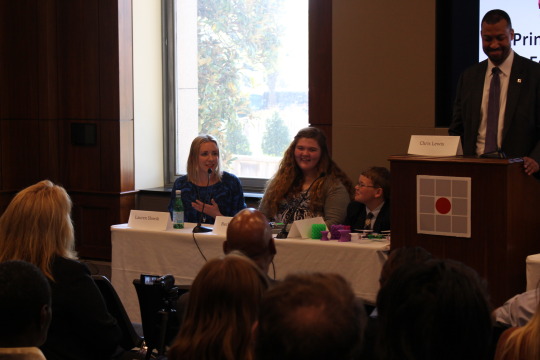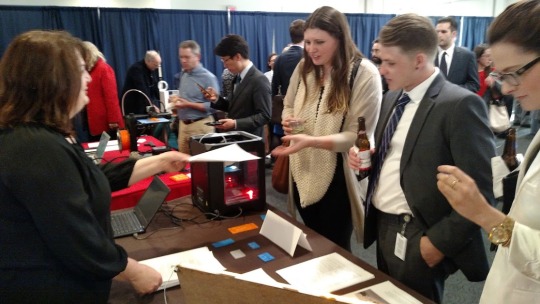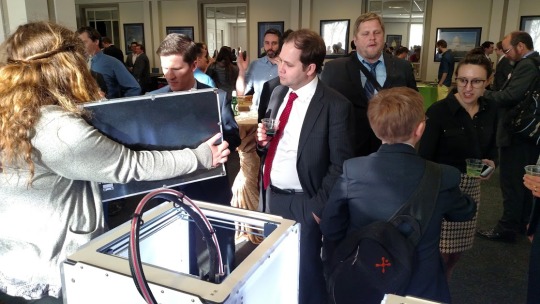This post originally appeared on the Shapeways blog.
Last week Shapeways participated in the fifth annual 3D/DC conference. 3D/DC is an event held by the nonprofit advocacy organization Public Knowledge (full disclosure: I used to work there) designed to connect 3D printing with policymakers in Washington, DC.
The world of 3D printing has evolved a lot since the first 3D/DC, and the conference has evolved right along with it. The first 3D/DC (video highlights here) was primarily focused on introducing 3D printing to policymakers and introducing policymakers to 3D printing. Most attendees of 3D/DC in 2011 had barely ever heard of 3D printing, and may never have even seen pictures of 3D printers. Similarly, the 3D printing community itself was largely unfamiliar with the policy world and had never even thought about trying to set up a meeting with a Member of Congress.
Fast forward to 2016. Everyone may not have seen 3D printing first hand, but panelists didn’t have to begin every conversation with an explanation of what 3D printing was. As a result, after a day of private meetings with Members of Congress and their staff, the public day of 3D/DC could focus on the application of 3D printing to important areas of policy.

Public Knowledge’s Courtney Duffy did a fantastic job of bringing new perspectives and areas of focus to the event this year. The first panel, on 3D printing and STEAM education included Shapeways’ own Lauren Slowik. Lauren is our point person on connecting the educational and arts community to Shapeways, so she was able to bring an applied perspective to the conversation. She was joined by two kids who live 3D printing and STEAM education, John (age 11) and Becky (age 15) Button, along with Sophie Georgiou of Morphi and Joseph Williams of Perris Union High School District.
That first panel set the tone for the rest of the day by talking less about 3D printing for 3D printing’s sake, and instead focusing on how 3D printing integrated into issue areas such as the environment, workforce development, social impact, and the arts. These panels, which brought together diverse perspectives from both inside and outside of government, were possible because 3D printing has expanded well beyond its original group of enthusiasts. As we here at Shapeways see every day, many of the most exciting applications of 3D printing comes from people who care less about how 3D printing works and more about what 3D printing can do.

While a policy conference in Washington DC would not be complete without policy panels, 3D/DC is not complete without its culminating reception. Although many more people have heard about 3D printing in 2016 than in 2011, there are still plenty of people who have never experienced it in person. The reception and demonstration gives policymakers a chance to see 3D printing and talk to the people behind the printers in a less formal atmosphere.

This reception has evolved over the years as well. As more and more local community groups, libraries, and maker spaces grow up across the country, 3D/DC can draw on a vibrant local 3D printing scene to demonstrate at the reception. As a bonus, staffers and policymakers who live in the Washington, DC area can walk into 3D/DC and walk out with information on how to join a local hacker space. Over the long term, a cadre of wonks who have deep first hand experiences with 3D printing will make sure that 3D printing policy coming out of Washington is created with a nuanced understanding of the technology.
You can check out more about this year’s 3D/DC by searching #3DDC2016 on twitter. I’ll also try to update this post with a link to videos of the panels as soon as they are up. In the meantime, you can learn more about what Public Knowledge is doing to help advocate for good 3D printing policy here.